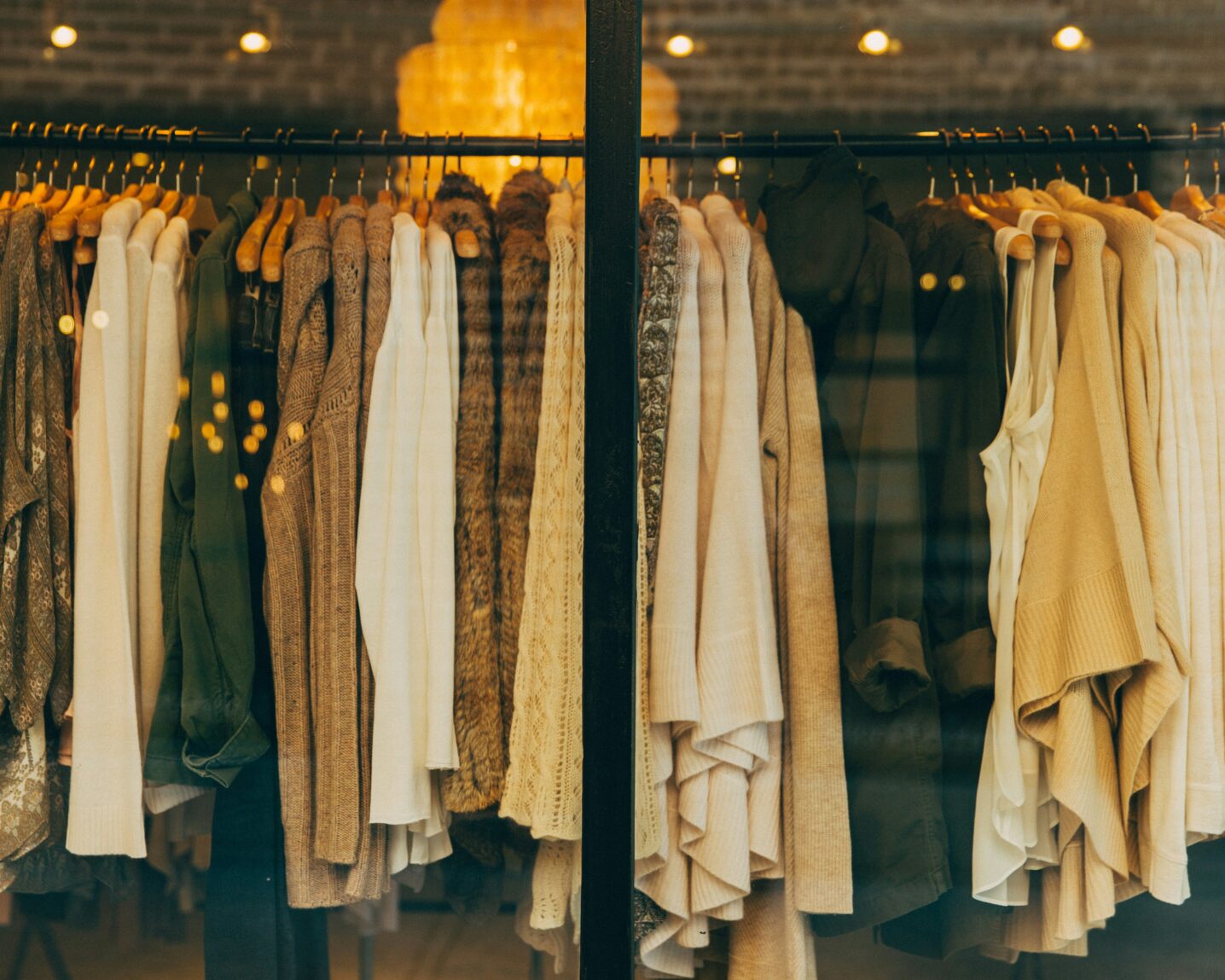Costs and revenues at the back end of the textile chain
Much is written and said about collecting, sorting and recycling textiles, but what is the actual situation in the Netherlands? How many kilos are collected, sorted and recycled? What are the costs and benefits? Rebel found out.

The challenge
The Textile Recovery Association (VHT) represents the interests of more than 30 Dutch textile collectors, sorters and recyclers. In the Extended Producer Responsibility for Textiles (in force since 2023), concrete goals and ambitions have been set for the high-quality processing of textiles. To gain insight into the current state of affairs as well as provide insight into costs and revenues, the VHT asked Rebel to conduct a study.
The approach
After an analysis of the chain and some preliminary research, Rebel, in collaboration with the VHT board, drew up a digital survey. In this survey, collectors, sorters and recyclers can indicate annually how many kilos they process, how they do it and what happens to their output. They also indicate their average costs and revenues. In the survey, we do justice to the differences between VHT members and try to arrive at an aggregation that is useful to all.
This seems simple, but is quite complex. To illustrate: an average sorter buys textiles from the Netherlands and abroad, sometimes first cleans them himself and then sorts them coarsely or finely into various fractions (from high quality to low quality and from recycling to shoes). Input, process and output vary from one sorter to another.
The collected response is analysed by Rebel and any outliers are verified and adjusted if necessary. The data is then anonymised and aggregated by Rebel, after which it is fed into the textile chain model. This model then shows the total quantities, costs and revenues of collection, sorting and recycling of textiles by VHT members. It is also possible for members to compare their own costs and revenues with a VHT benchmark
In addition to analysing the current situation, Rebel also prepared and calculated five scenarios in consultation with members. One example is the scenario in which sorters actively start sorting for recycling. This requires an investment in the process, but also delivers something at the back end of the chain. Using these (and other) scenarios, the VHT will gain insight into the feasibility of the reuse and recycling targets set out in the UPV Textiles.
In 2024, Rebel repeated the above analysis with data from the year 2023 and a forecast for the year 2024. This shows a trend in the costs and revenues of collection and recycling.
Impact
A survey and scenario modelling provide insight into VHT's contribution to reuse and recycling.



